Last week, we found ourselves thoroughly tickled by the Fiat 500 Jolly ‘Spiaggina’ Icon-e. A pocket-sized ray of electric-powered sunshine, the car is a special commission by Hertz and has been built by ‘concept-to-product trendmakers’ Garage Italia. It makes use of the body, styling and charm of the 1957 model, but sees the old engine replaced with an electric powertrain — allowing you to cruise to the beach with both zero emissions and a clean conscience.
But this small-scale throwback isn’t the only electric buzz running through the classic car community. Around the world, countless companies are bringing old motors back to the road in an eco-friendly way. It’s chiefly a reaction to environmental crackdowns, but the modern consumer’s ardent love of vintage styling and throwback designs has also helped to cultivate a strong customer base.
Currently, such engine switch-outs are still few, far between and very, very expensive. But that hasn’t stopped these start-ups from appearing around the world to help get the trend moving. Even big name car manufacturers have had their ears pricked by the buzz, and many are starting to hatch plans to recharge their back catalogues. But, with all the eco-alternatives, just how viable is electric conversion as an avenue for the automotive industry?
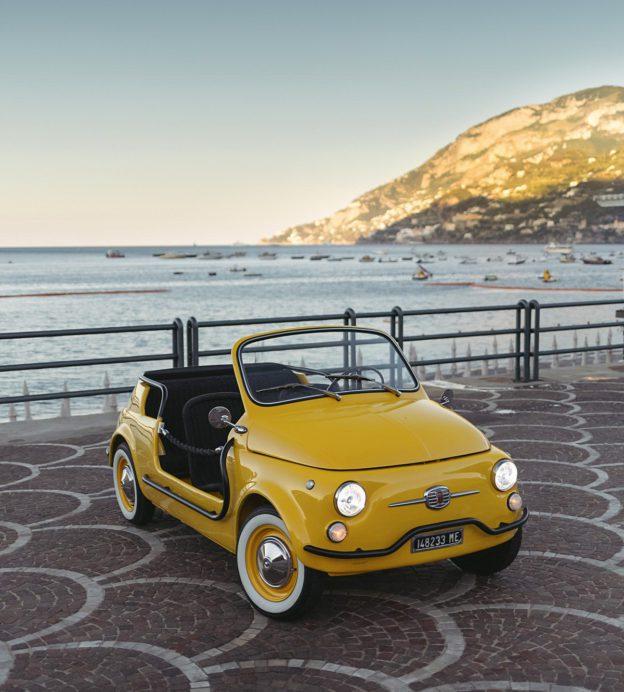

Garage Italia’s work on the cheerful Jolly ‘Spiaggina’ Icon-e is not its first foray into the crackling world of electric conversion. The Milan-based brand was also called upon by the iconic St. Regis hotel in Rome last year. A suitably chic shuttle, to ferry five-star guests to-and-fro, was required — and Garage Italia knew just the wheels for the job.
An old 1962 Fiat 600 Multipla was brought out of retirement by the Italian autohouse, fitted with a hi-tech zero emission electric unit and decorated with 24K gold leaf, Alcantara and a recreation of Pietro da Cortona’s Palazzo Barberini ceiling fresco. It’s a striking motor, and one that has unsurprisingly been a hit with guests.
But, like Garage Italia’s partnership with Hertz, the St. Regis Multipla is more a novelty than a genuine development in the world of electric vehicles. We may smile at these impressively built, limited edition cars — but they’re unlikely to have any really impact on the automotive industry. Elsewhere in Europe, however, other coachbuilders and carmakers are employing Garage Italia’s techniques on a much larger and more viable scale.
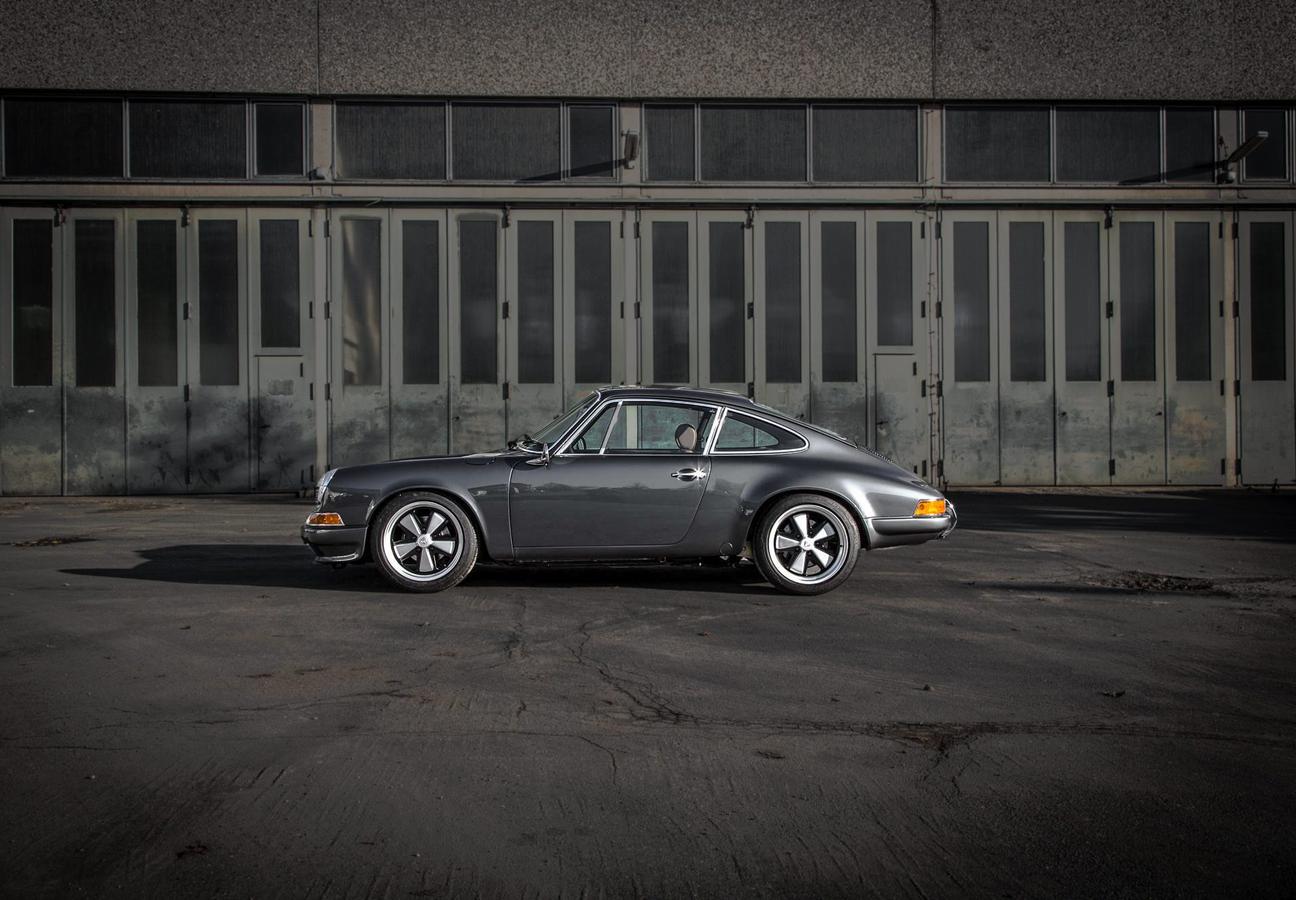
Voitures Extravert is a Netherlands-based firm swapping electric powertrains into vintage Porsche 911s. The German sportsters are stripped of their original flat-six engines, and 58-kilowatt-hour packs are introduced in their place. The result? A clean-driving, cool-looking blast from the past; that Voitures Extravert call the ‘Quintessenza’.
It’s available in two different configurations, the 1960s-styled Quintessenza SE and 1980s-inspired Quintessenza TE. And the company doesn’t stop with the powertrain — it also introduces modern features such as power steering and air conditioning into the cars, while transforming the mechanics with upgraded brakes and adjustable dampers.
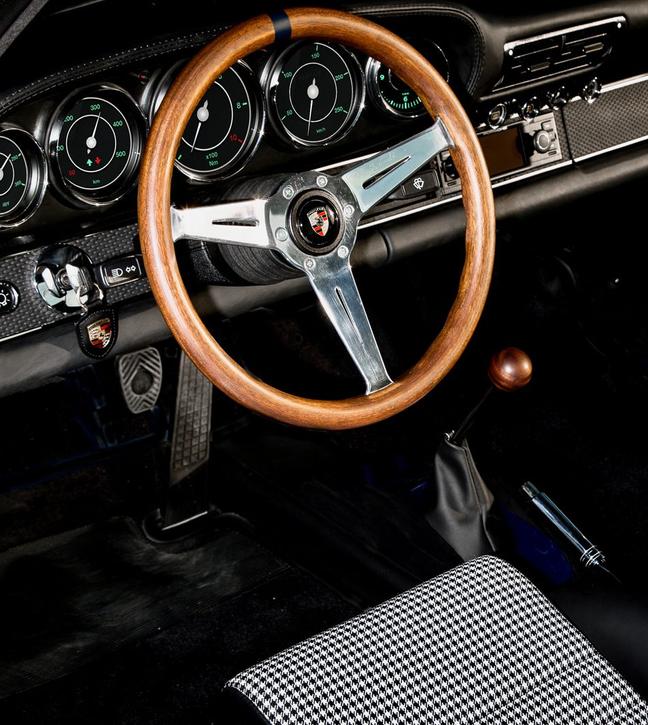
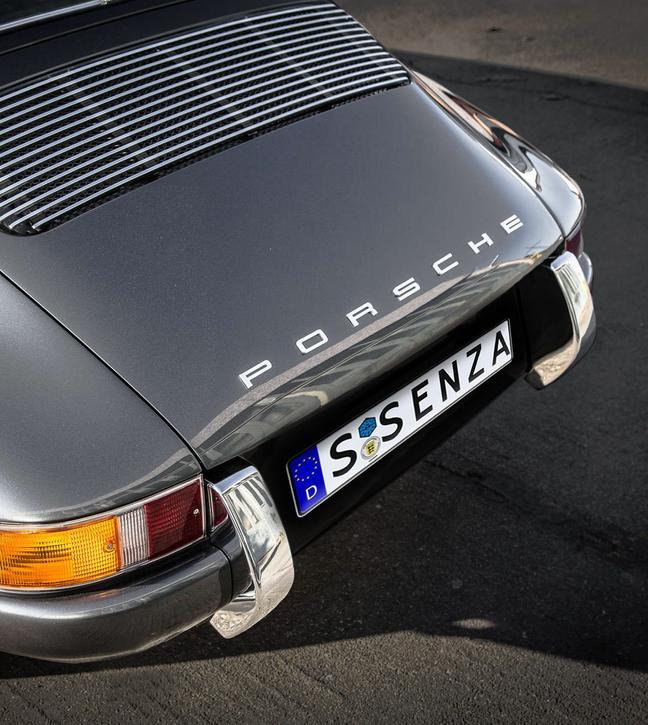
This level of engineering suggests electric conversion does have a place in modern motoring. Voitures Extravert has genuinely thought the process through, and is approaching conversion as a daily-driving industry rather than just a gimmick. But it’s still a slow process. The Dutch brand built only five Quintessenzas last year, and just 36 more will roll off the conversion line before the end of 2019. And that’s before we even come to the price tag; €300,000. It’s a lot, considering you can pick up a meticulously restored, original-engined Porsche 911 for under a third of that amount.
But such is the price we pay for innovation. And, across the pond, the US is also seeing an uptick in these vintage electric conversions. Zero Labs is based in the same state as Tesla, and has put its own clean-living Californian spin on the iconic Ford Bronco.
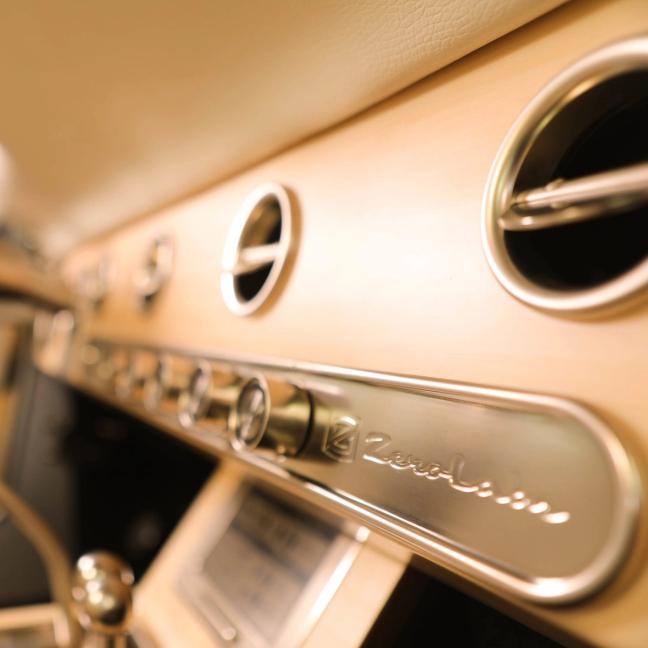
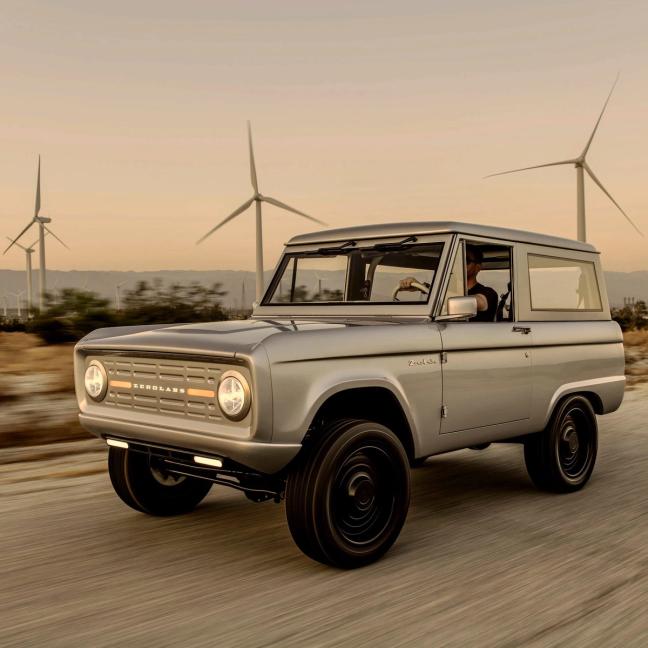
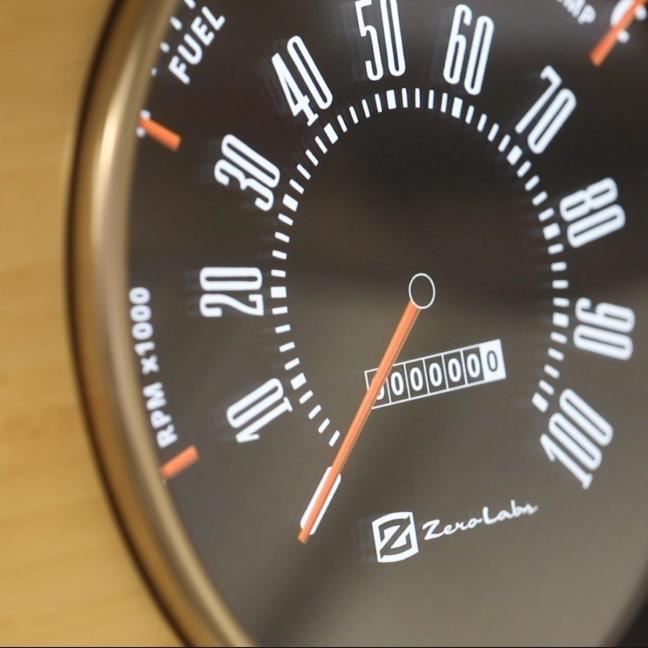
CEO Adam Roe is worried about the fate of classic cars. “They are endangered,” he says. “For a clean energy future — electric vehicle start-ups can’t remake the past. Original equipment manufacturers won’t remake the past. Boutique restoration shops are caught between. Surviving classic vehicles are either sold off at higher than ever prices to private collections or die waiting for a future that won’t come. For most classics, the story ends the same way. They will no longer be driven except in rare displays of proud defiance.”
Roe’s cheapest conversion costs $144,000 — five times the cost of a 2020 Ford Bronco — and he knows that these resurrected classics are still the preserve of the wealthy, but Zero Labs has a clear mission: “A clean energy future does not have to come at the expense of our love of the past”.
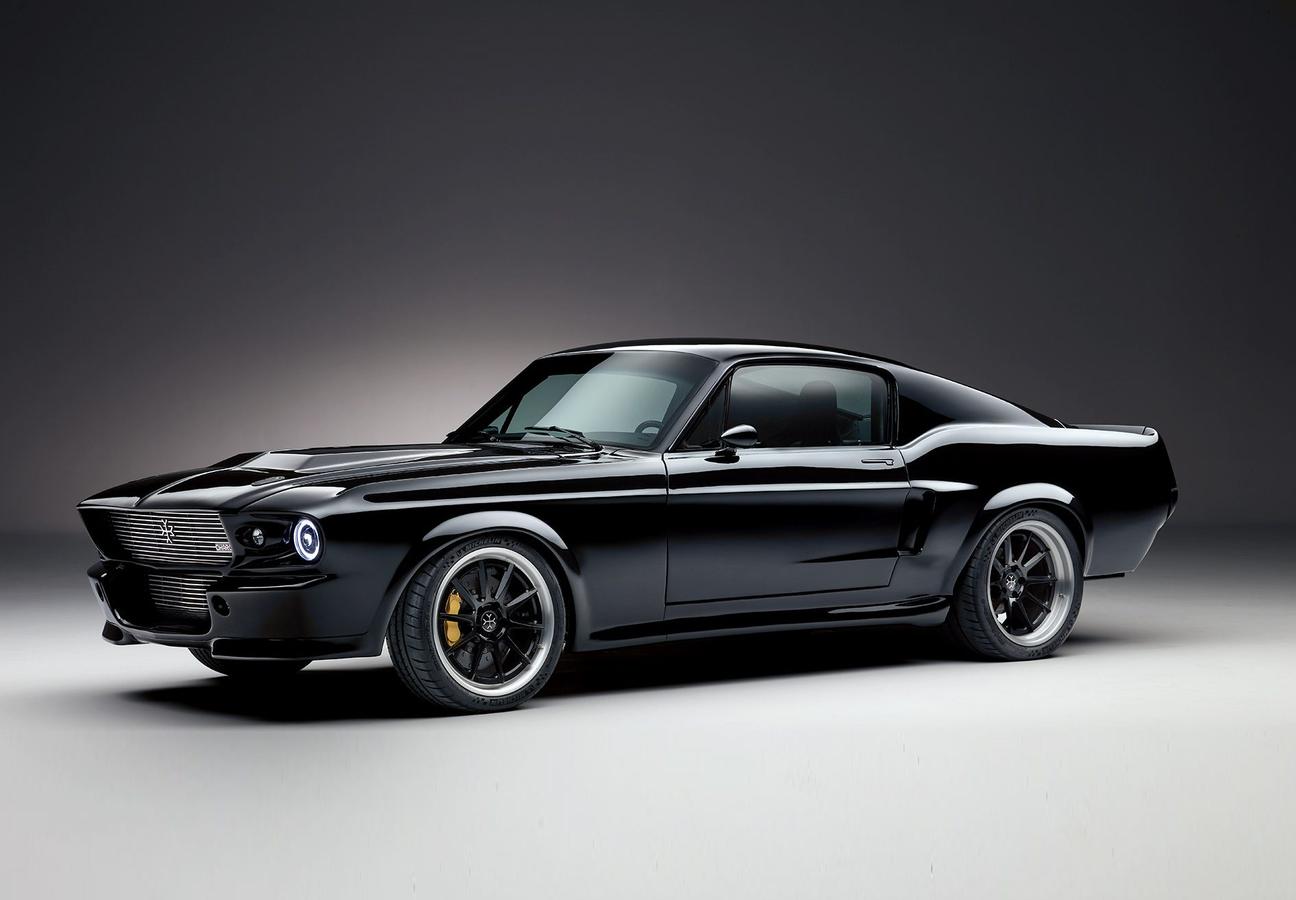
In Britain, Charge Automotive is using a similar passion for classics to fuel its own conversion business. With 499 brand-new electric Ford Mustangs now available for reservation, the company has sped onto the scene with a higher number of units than many other conversion competitors. Is this blind optimism, or a vote of confidence in the conversion trend as a genuine industry?
“A clean energy future does not have to come at the expense of our love of the past...”
Charge Automotive’s intense collaborations also show that big businesses believe in converting classics. From global tyre manufacturer Michelin to technology wizards Arrival, why would such blue-chip brands be on board if this wasn’t a feasible, operable market?
But possibly the biggest indicator that electric conversion is still only an industry in its infancy can be seen coming from the original car manufacturers themselves. Voitures Extravert, Zero Labs and Charge Automotive may be doing honourable, covetable work — albeit at a high price point — but the big players need to back the trend to ensure classic cars aren’t lost for good. Happily, they appear to be joining the charge.
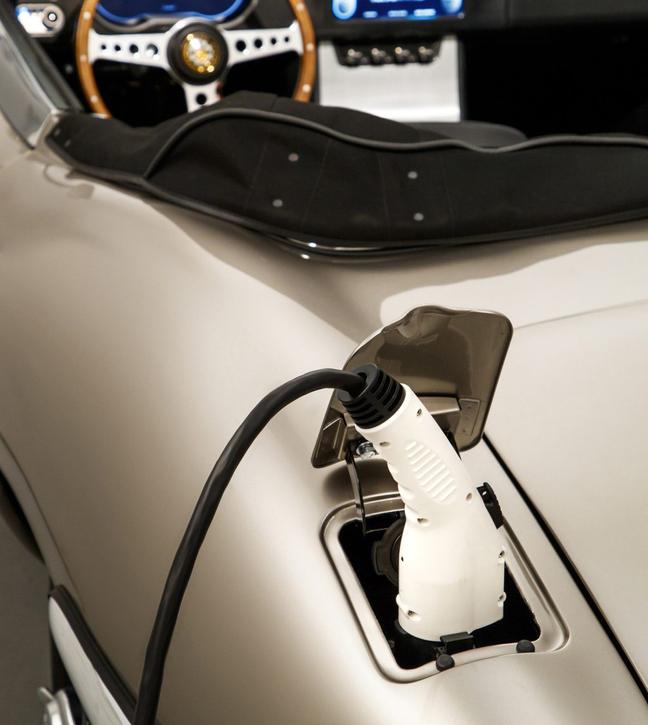

From next year, Jaguar will take your old E-Type and electrify it for just £60,000. For a car that Enzo Ferrari once described as “the most beautiful car ever made”, and a motor that had its first electric-converted appearance at the wedding of Prince Harry and Meghan Markle, it seems a small price to pay.
Aston Martin, too, are on board. The British carmaker’s modern Rapide E may have caused a buzz when it powered onto roads earlier this year, but we’re more excited about Aston’s ‘Heritage EV’ program — a new branch that will allow existing Aston owners to swap the engines from their DB5s, V8 Vantages and everything in-between for new electric powertrains. Aston’s choice to kickstart the program was allegedly inspired by the upcoming ban on petrol and diesel cars in Paris, but there must have also been an impressive level of customer interest for such a decision to be signed off.
And it doesn’t stop with sports cars. Even Renault has pulled onto the conversion highway, testing the waters with its E-Plein Air concept — a resurrection of a vehicle that originally only ran to 500 units. A beach cruiser, it has more than a whiff of Garage Italia’s Fiat 500 Jolly ‘Spiaggina’ Icon-e about it — and proves that no car, however obscure or seemingly forgotten, will be left at the side of the road by the burgeoning, electrifying conversion industry.
Want to keep your classics in the past? Here’s why 2019 might still be the year you buy an electric car…

Become a Gentleman’s Journal Member?
Like the Gentleman’s Journal? Why not join the Clubhouse, a special kind of private club where members receive offers and experiences from hand-picked, premium brands. You will also receive invites to exclusive events, the quarterly print magazine delivered directly to your door and your own membership card.


